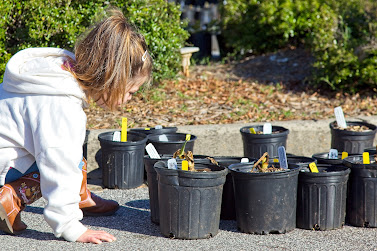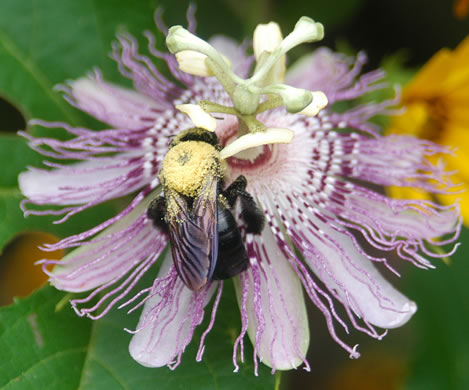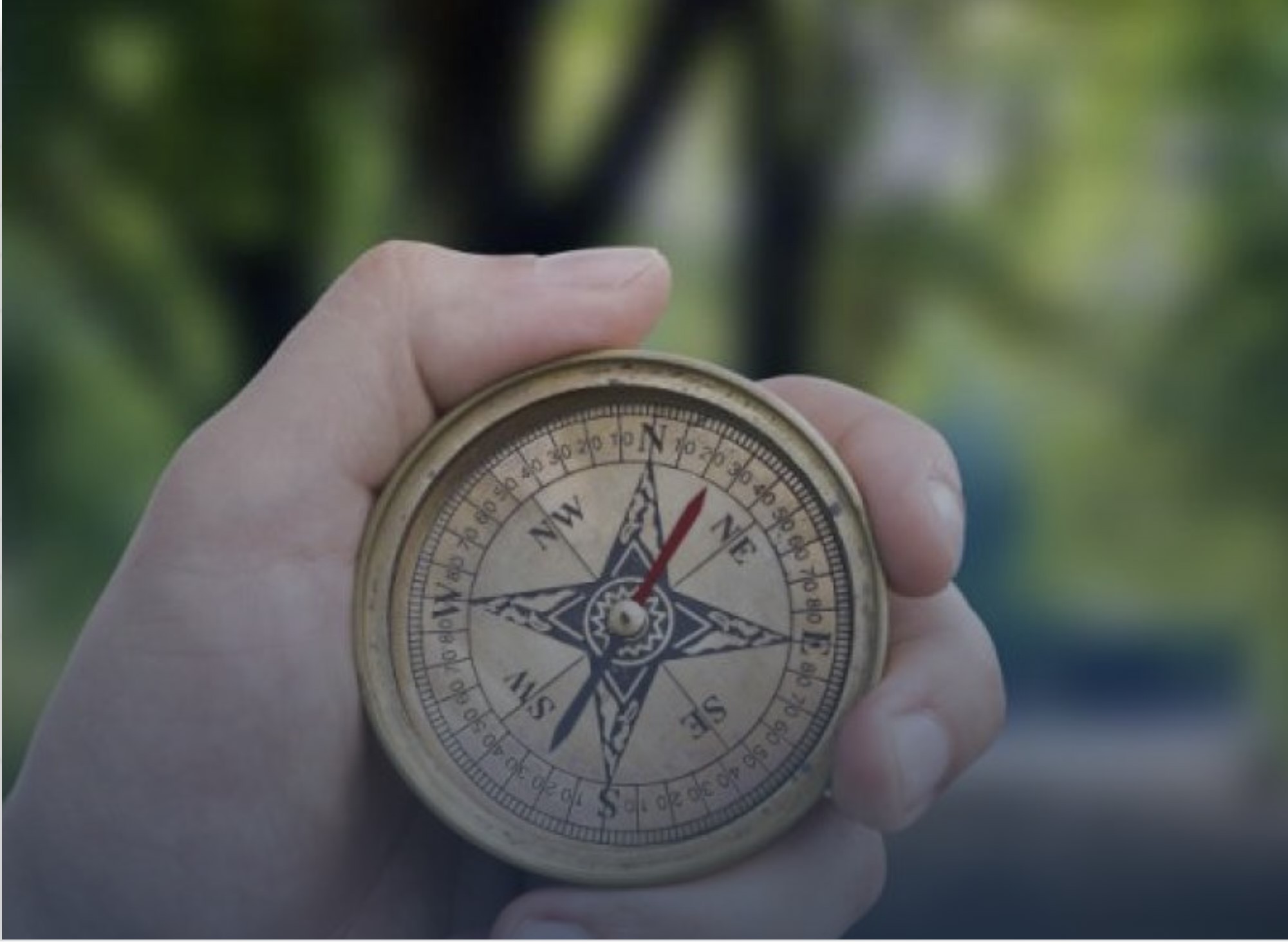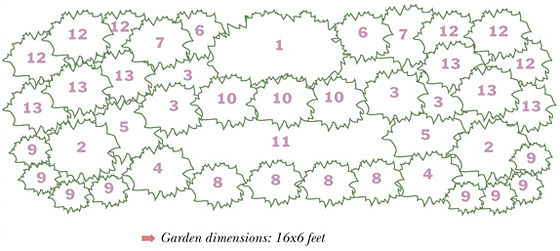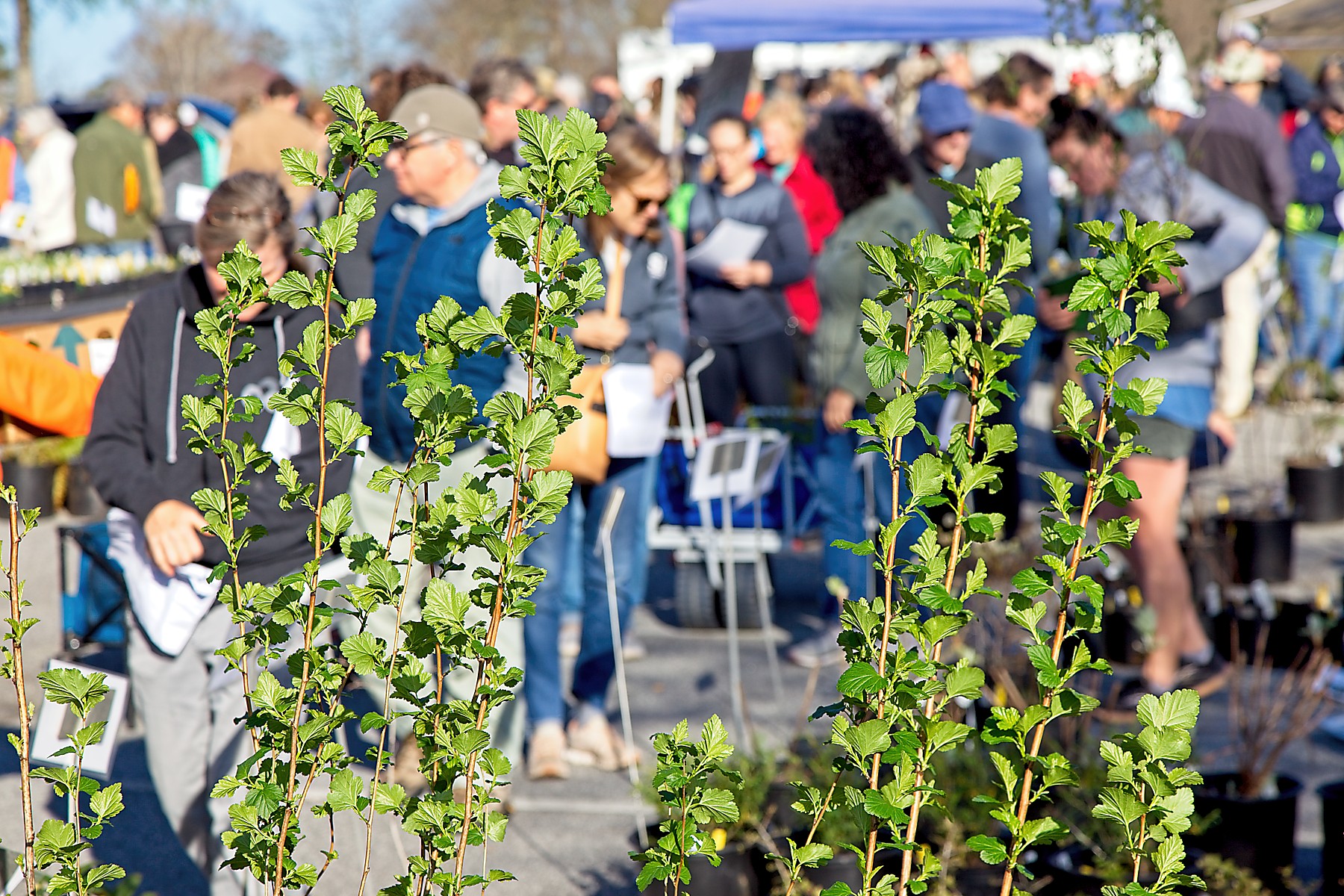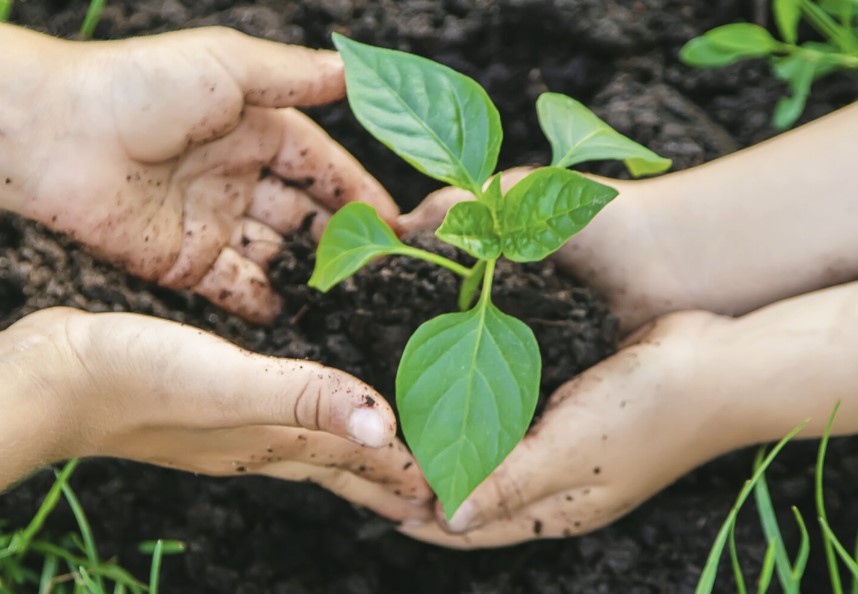Getting Started
How to Get Started with Native Plants
Setting Goals
When considering a new landscape project, the first step is to think about your objectives. Perhaps you’d like to:
• Add colorful flowers to expand the bloom season in your space
• See more pollinators, butterflies, and birds
• Find something that will grow under oak tree where the grass refuses to
• Add some plants for texture or for year-round color
• Address erosion or water runoff problems
• Stop wasting dollars in chemicals every year on turf grass
Native plants can help with all these situations, and more, so pick your priorities and start from there.
Site Assessment
Once you have identified your project, the next step is to observe the growing conditions of your selected site, taking note of what USGS zone you’re in, the compass layout, sunlight and shade (especially late-afternoon sun), and understanding the soil texture, moisture retention and drainage. Every piece of information will help you select the right plant for the right place to increase your chances of success.
Plant Selection
For the best shot at success, follow the “right plant, right place” rule. Create a “long-list” palette of native plants whose preferences and tolerances best fit the sun, soil, and water characteristics you’ve observed on your site.
Next, consider the type (tree, shrub, perennial, vine, groundcover, fern). Then consider the layout space you have, and the mature size against things like window height, powerlines, etc. The aesthetics are also important, like shapes, texture, leaf and bloom colors, as well as the seasonal interest.
And finally, if you’re wanting to increase wildlife activity, like birds or butterflies, you’ll want to think about distance from feeders and bird-houses, etc.
Sourcing Native Plants
Although native plants are more readily available today than a decade ago, there can still be challenging to locate. There’s no point in designing a garden solution with a plant that you can’t find to buy. Part of our mission is making native plans more readily available to our South Carolina communities.
To help with this, the SCNPS hosts plant sales in several of our chapters annually—sometimes bi-annually—and we’ve also created a map of commercial nurseries that feature native plants. Stay in the loop on our plants sales by subscribing to our newsletter, and check out our Retail Native Plant Nurseries map created just for this reason.
Site Prep and Planting
Okay, you’ve planned your project, done your homework, and sourced the plants. Now it’s time to get your hands dirty. We recommend fall as the best time of year for planting most plants, as it allows the roots time to get established before the stress of summer heat and drought. Spring is the second-best time, which is why our plant sales are scheduled in April and October. If soil amendments are needed, fall is best for that, and the soil will be ready for planting in the spring.

